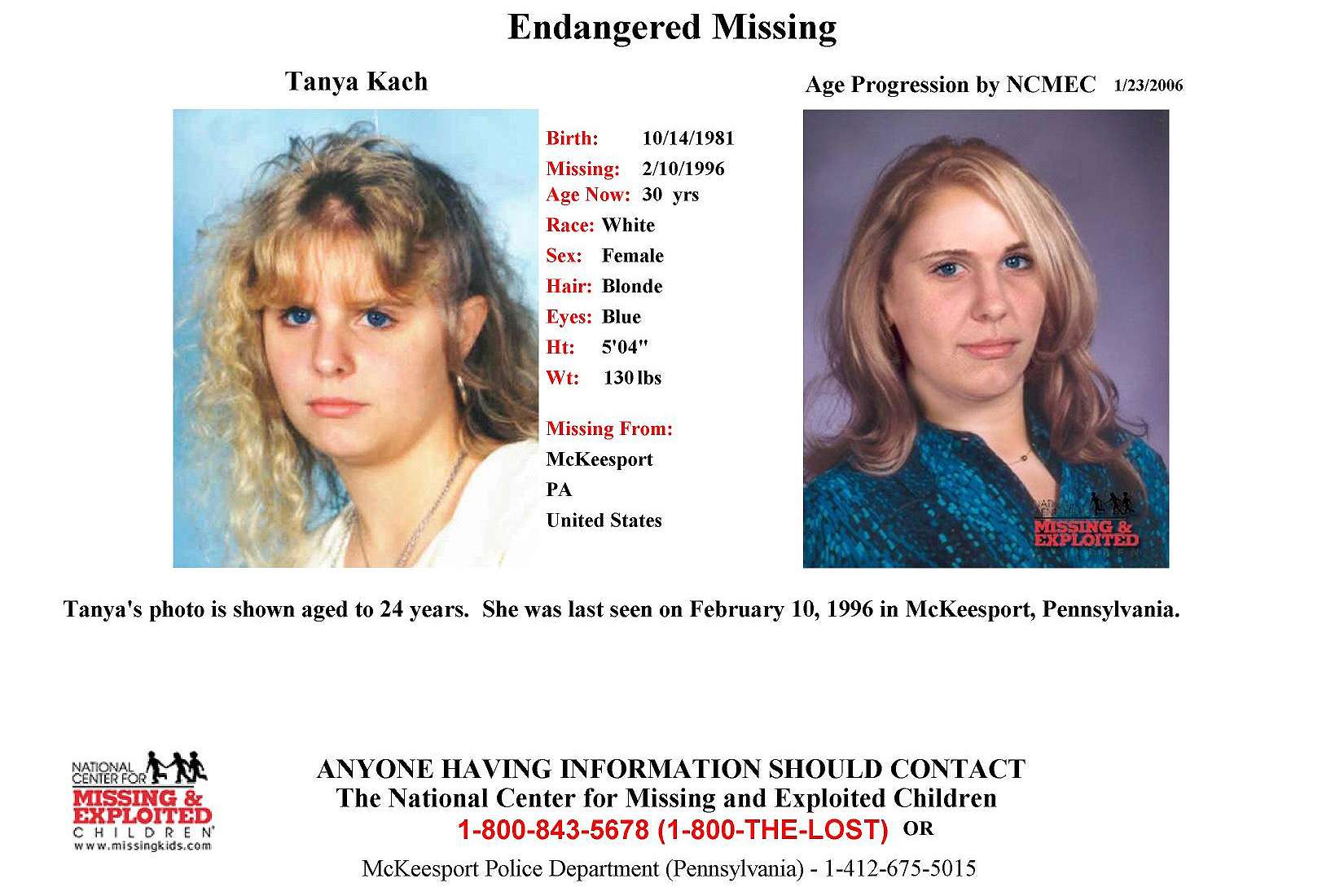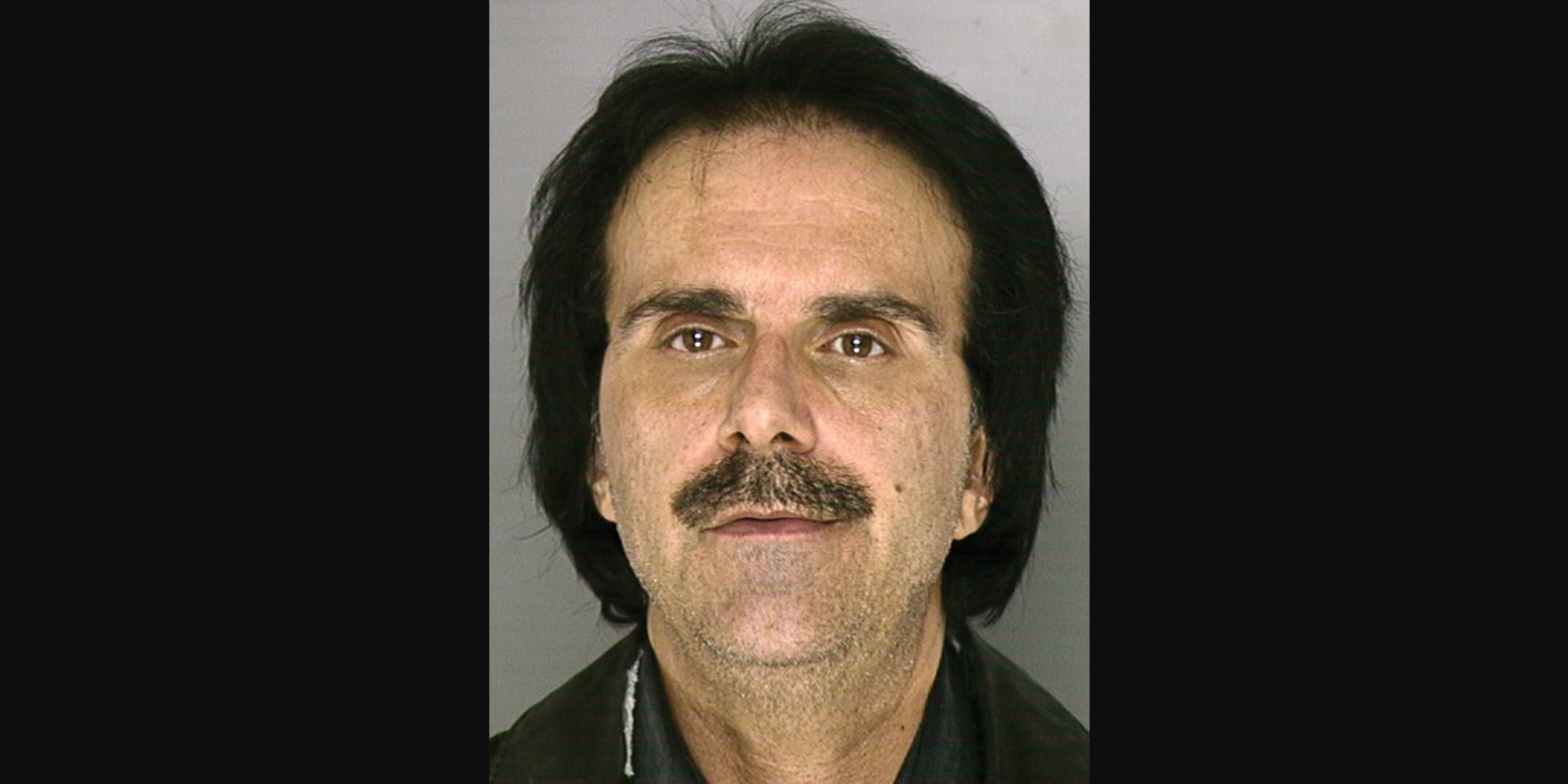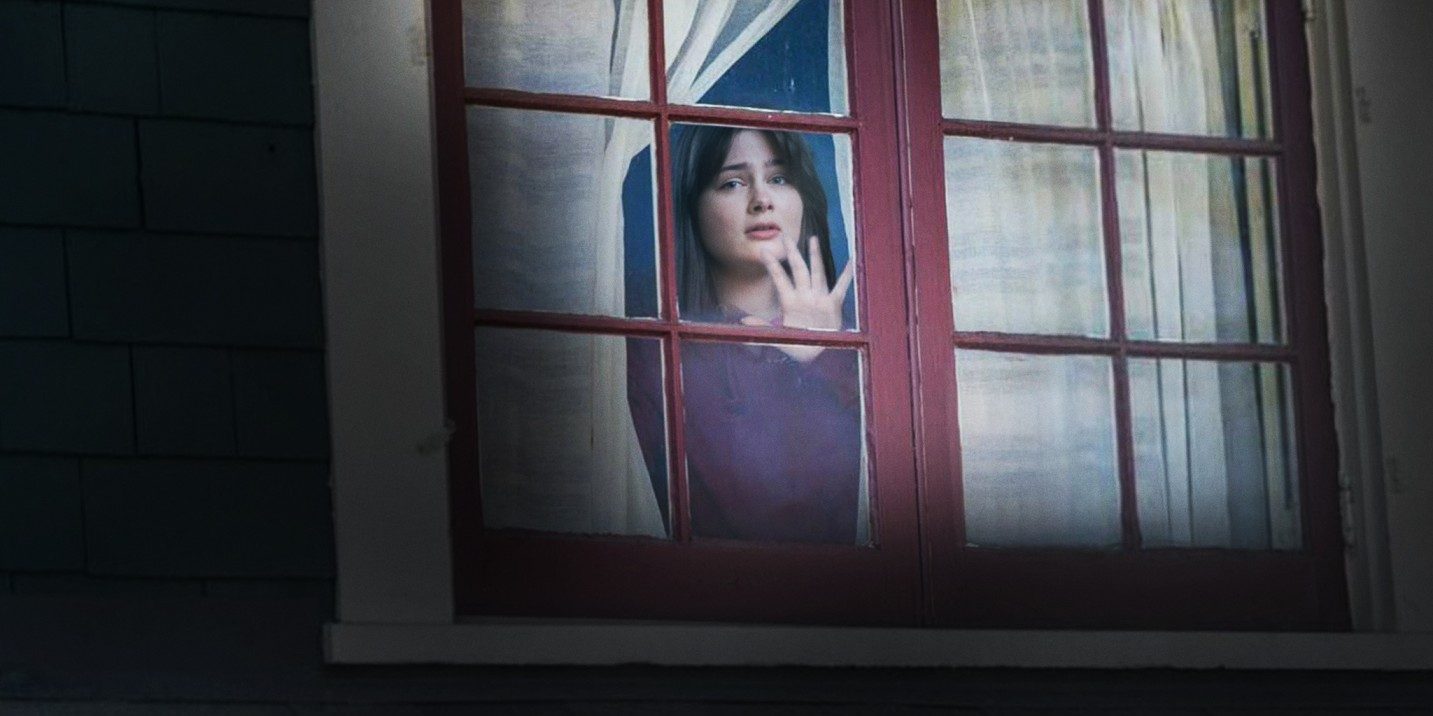Directed by Simone Stock, ‘The Girl Locked Upstairs: The Tanya Kach Story’ narrates the shocking story of a young girl being held captive by her school security guard for 10 years. Tanya is a middle schooler who faces a turbulent situation at home and bullying at school. Her only solace is a school security guard, Tom Hose, who spends time with Tanya and seems to be the only person who cares about her. One day, she takes refuge in his house after an incident and is trapped by Tom, marking the beginning of her nightmare. The Lifetime thriller film spins an unbelievable tale of isolation, manipulation, and Stockholm syndrome, leading to questions about whether or not it is based on a real person’s ordeal.
The Girl Locked Upstairs: The True Story of Tanya Kach
‘The Girl Locked Upstairs’ is a movie adaptation of the real-life events that describe Tanya Kach’s troubled life as a 14-year-old, her abduction, her confinement, and her eventual escape. Tanya Kach was a young girl who moved to McKeesport, Pennsylvania, with her father and his fiance after his divorce. She claims her mother was violent and abusive towards her, which is why she chose to stay with her father. However, she faced a challenging home environment and asserted that he did not give her the care and attention she needed.

As an eighth grader, she attended Cornell Middle School, where things weren’t much better. Her school life was fraught with difficulties, as she became a target for bullies, making her feel increasingly isolated and vulnerable. These factors contributed to her seeking solace outside her immediate family and peer group. In the midst of her troubles, Tanya found an unexpected confidant in Tom Hose, a security guard at her middle school. Then 38 years old, he noticed Tanya’s distress and began to spend time with her, initially appearing as a caring adult figure.
As she began to smoke, Hose would give her money to buy cigarettes and chocolates and would let it slide if he saw her bunking classes. To Tanya, his attention and seemingly genuine concern were a welcome respite from her otherwise troubled life, and she developed a crush on him. Unfortunately, Hose’s intentions were far from benign. He made Tanya feel as though she were all alone and he was the only one who cared for her. By February 1996, Hose convinced Tanya to run away from her house and live with him without telling anyone.

What Tanya initially perceived as a temporary sanctuary quickly turned into a prison. Tom Hose manipulated Tanya into staying, saying that he would kill her and her family if she tried to escape. He stayed with his parents and son and took measures to keep her hidden in the second-story bedroom of the house, only bringing her down for showers at midnight and making her use a bucket as a toilet. He would sexually abuse her every night and make her maintain a journal of their acts. For four years, he was the only person she interacted with, and she felt completely isolated.
Tanya would pass the time by reading magazines, listening to music with the earphones on, and watching TV. When she turned 18 after four years of captivity, Hose gave her the false identity of Nikki Allen and introduced her to his family as his live-in girlfriend. After seven years of staying at his house, she was allowed to go outside to run errands and buy clothes for herself. Hose had been dressing her up in his and his son’s hand-me-downs and wished for her to get more feminine clothing. Even though Tanya was outside by herself, she was far from free.
“What was on my mind was doing what he told me to do when I was out, and then I had to get back to him,” said Tanya in an interview. “The first time he let me out, he gave me money to go buy clothes. He told me what bus to catch, what bus to catch home, and where to walk exactly. He trusted me to go out because he knew I was brainwashed.” The trust led to Hose allowing Tanya to stay out for longer periods of time, and unbeknownst to him, she began to work at a local convenience store.
Reawakened Hope and Pursuit of Justice
Tanya was still scared that no one would believe her story, but seeing the store owner with his wife and daughter, she was reminded of how a family should be. She got to know the store owner, Joe Sparico, over eight months. His questions and prodding eventually led Tanya to reveal her entire story to him in March 2006. Incidentally, Joe’s son was one of the detectives assigned to investigate her case, and when called by Joe, he immediately confirmed her story. Tanya was asked to go to Hose’s house and wait for the police, who arrived shortly afterward, rescued her, and arrested Tom Hose.
When Tanya returned home to her father at the age of 24, he was outwardly very thankful and hailed it as a miracle of God. However, she later alleged that behind closed doors, he partly blamed her for the incident, to which Tanya said, “Dad, I was only 14.” Tanya eventually found solace with her mother, who attended therapy with her, took her shopping, and helped her apply for college. Tom Hose pled guilty to three counts of aggravated indecent assault, involuntary deviant sexual intercourse, corruption of a minor, child endangerment, statutory sexual assault, and interfering with the custody of a child.
Hose was given what many thought to be a light prison sentence of 15 years and was not convicted of kidnapping. Tanya was shocked at the sentencing and went to court to seek justice against him and others who she felt bore responsibility for her captivity. She sued Hose, his parents, law enforcement officials, and Cornell Middle School personnel, including the superintendent and a guidance counselor. However, the district court dismissed all her claims as time-barred, stating that she had waited too long to move against them.
Tanya argued that she couldn’t sue them sooner because she was too young and naïve at the time. “Even Kach’s troubled state before she began living with Hose and her subsequent prolonged subservience to him is far cry from the total mental disability of plaintiffs in other accrual-delay cases,” wrote Judge D. Michael Fisher. He recognized the grave harm the ordeal dealt her but argued that she should have become aware of her injury by the time she was 18 and should have moved court before she was 24. “Her unique circumstances notwithstanding, we are compelled to conclude that Kach forewent her right to relief in federal court by waiting too long to assert her rights,” he added.
Life After Surviving the Ordeal
In 2011, Tanya published her book, ‘Memoir of a Milk Carton Kid: The Tanya Nicole Kach Story,’ which became a bestseller. However, it prompted two defamation cases against her. The first was by her father and stepmother, who alleged that they had been harmed by untrue statements in her book. The second was from her former therapist, Janice Pope, whom she began seeing after being set free. Pope alleged that the book had false statements about the therapist abandoning Tanya after years of treating her, a claim that can be detrimental to a licensed professional.
Tanya is now married with stepchildren and step-grandchildren. On the other hand, Hose was released from prison in 2022 and registered as a sex offender. Tanya continues to spread awareness among the youth in the hopes that no one else will have to go through what she did. The Lifetime movie captures the harrowing essence of Tanya’s experience, shedding light on her decade-long ordeal and the psychological manipulation she endured. Through this cinematic retelling, the film raises awareness about similar cases and the importance of vigilance and empathy in recognizing and responding to signs of abuse and captivity.
Read More: Lifetime’s Abducted off the Street: The Carlesha Gaither’s True Story, Explained


You must be logged in to post a comment.